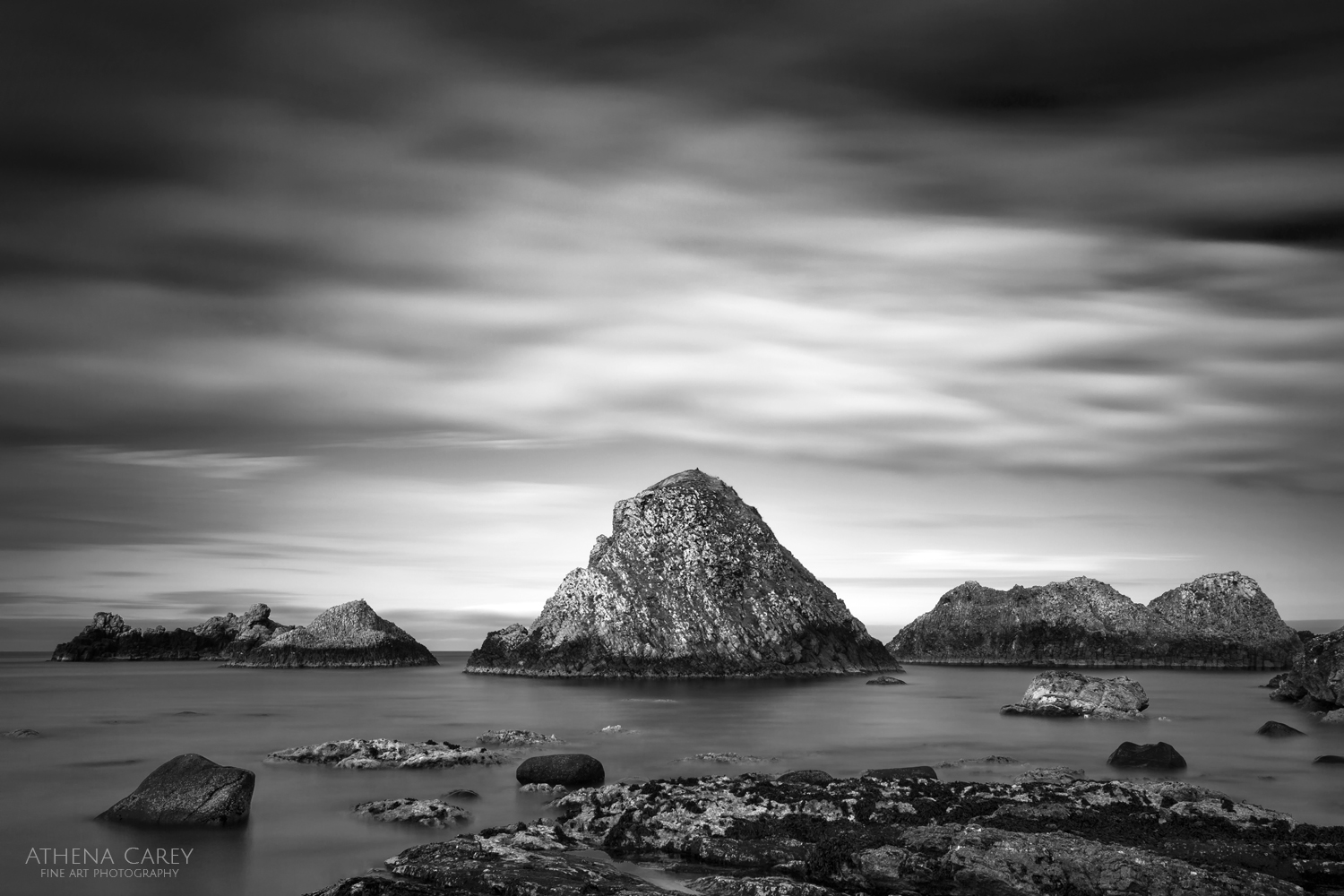Formal Elements – Are fundamental visual elements that contribute to the composition of an image. These elements help guide the viewer’s eye to create a visually compelling image.
Line:
Lines are basic visual elements that define shapes and create structures. They could be curved, straight, vertical, horizontal, or diagonal to guide the viewer’s eye through an image to a focal point.

Shape:
Shapes are two dimensional areas and geometric shapes. Such as squares and circles, they can create abstract compositions and structure or form in an image.

Pattern:
Patterns are designs or shapes that are repeated that creates visual interest and rhythm. Examples like leafs in nature and human made textiles.

Fessenden, M. (2016, May 10). The Science Behind Nature’s Patterns. Smithsonian. https://www.smithsonianmag.com/science-nature/science-behind-natures-patterns-180959033/
Texture:
Texture is the surface quality of a object, it could add realism and depth to an image. Examples like surface of wood or paint coming off walls.
Photzy. 18 Stunning Examples of Patterns in Photography. Photzy, https://photzy.com/18-stunning-examples-of-patterns-in-photography/. Feb 13 2025.
Tone:
Tone is the lightness and darkness of color, it could create contrast, depth and mood in an image.

Carey, Athena. Fine Art Photography. Visual Wilderness, https://visualwilderness.com/post-processing/using-tonal-contrast-better-bw-photography. Feb 13 2025.
Focus:
Focus refers to the sharpness and blurriness of the photo, which could direct the viewer’s attention towards a important point or areas.

It is almost impossible to only have one element in a photo, for example lines must have some parts dark and some parts light to be visible, a shape requires color and tone to stand out.
Leave a Reply
You must be logged in to post a comment.